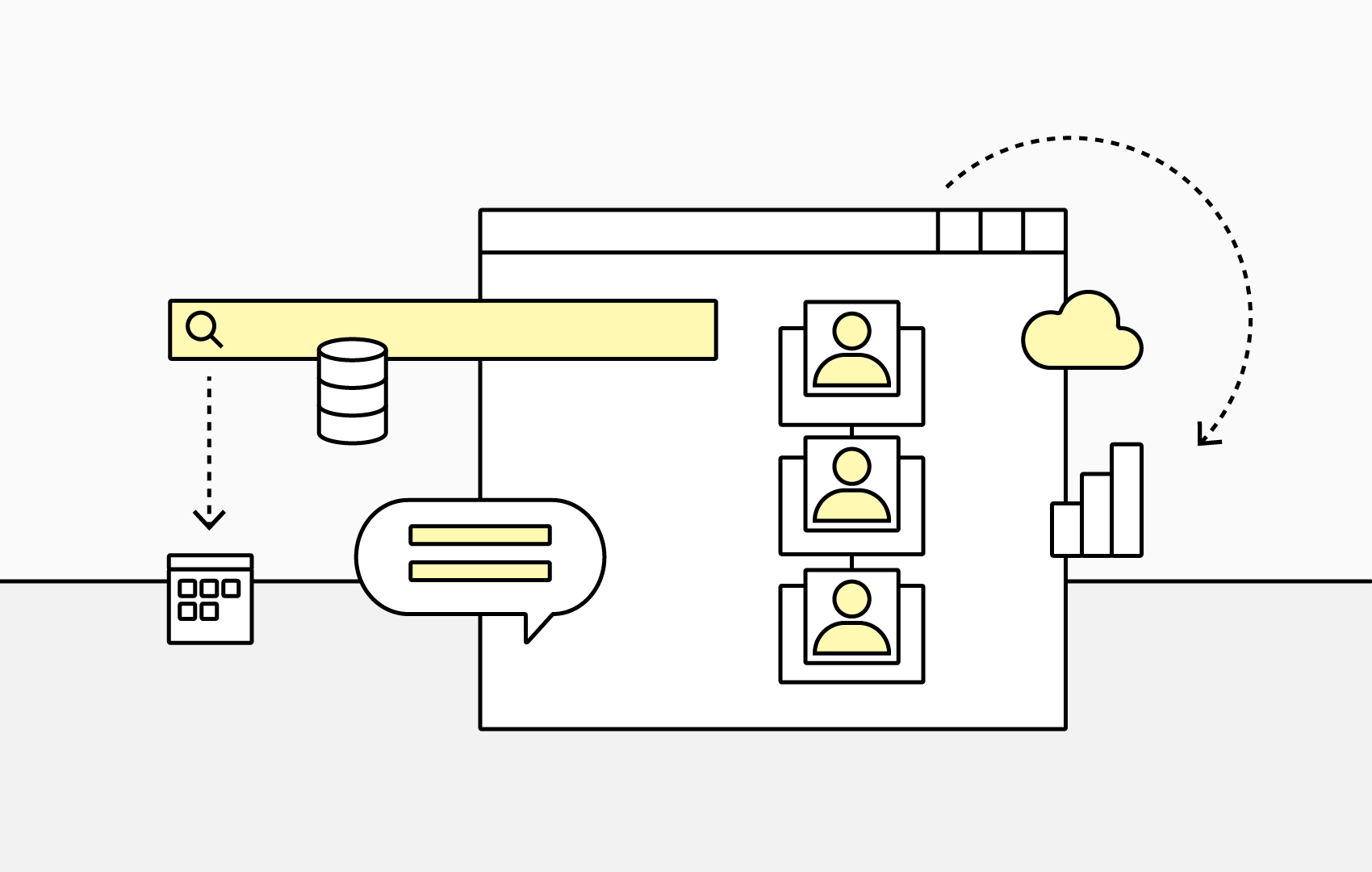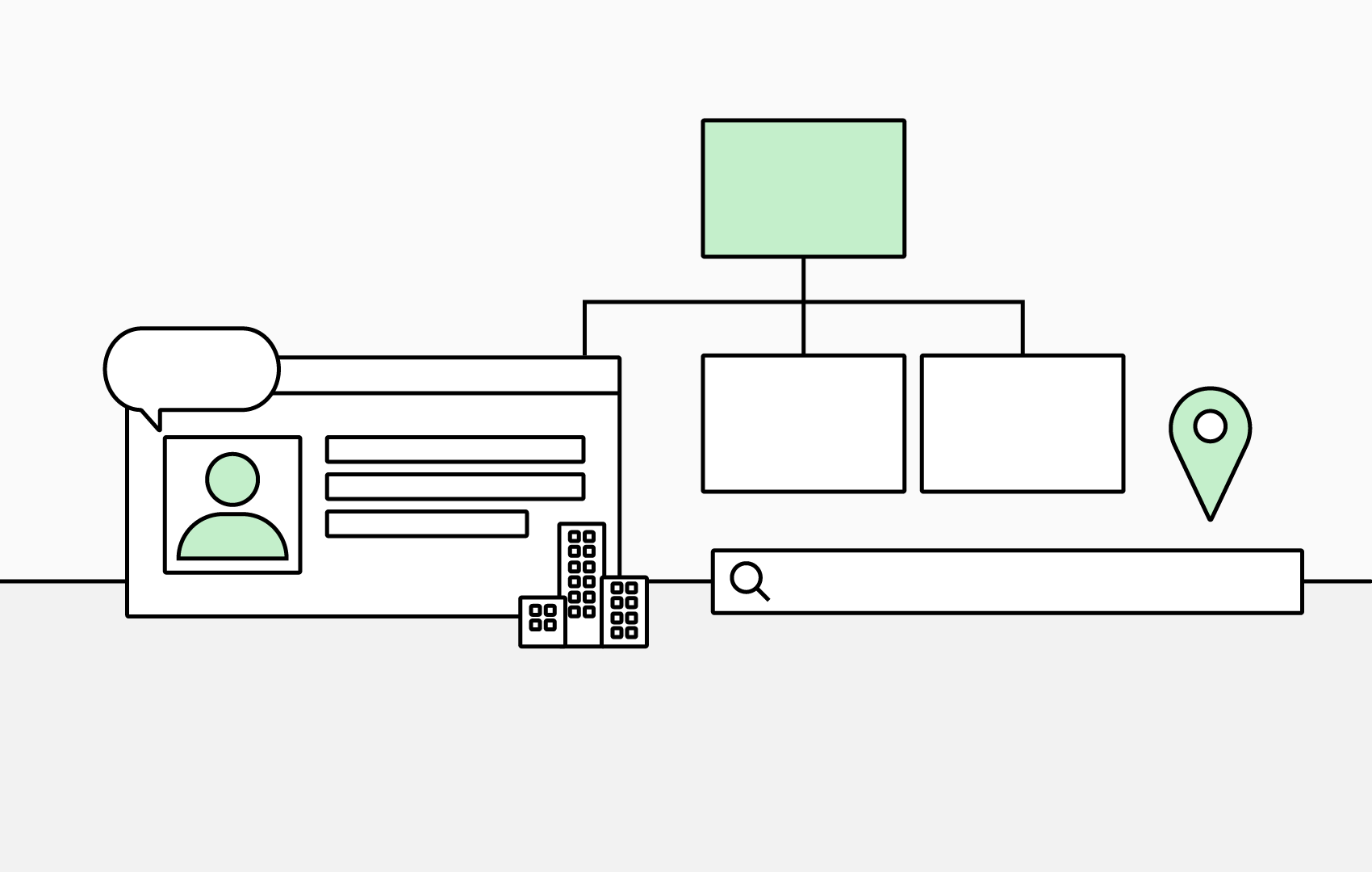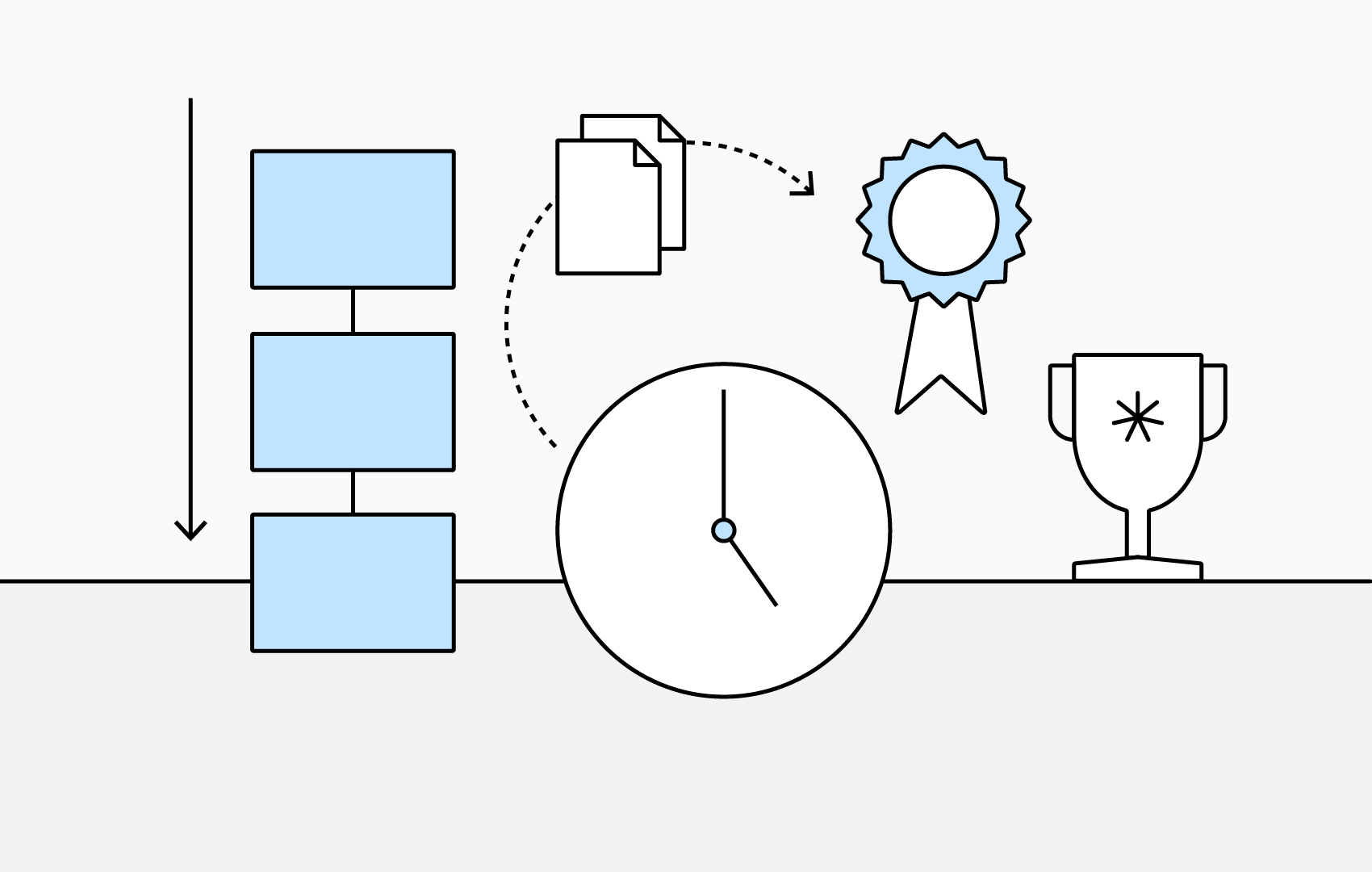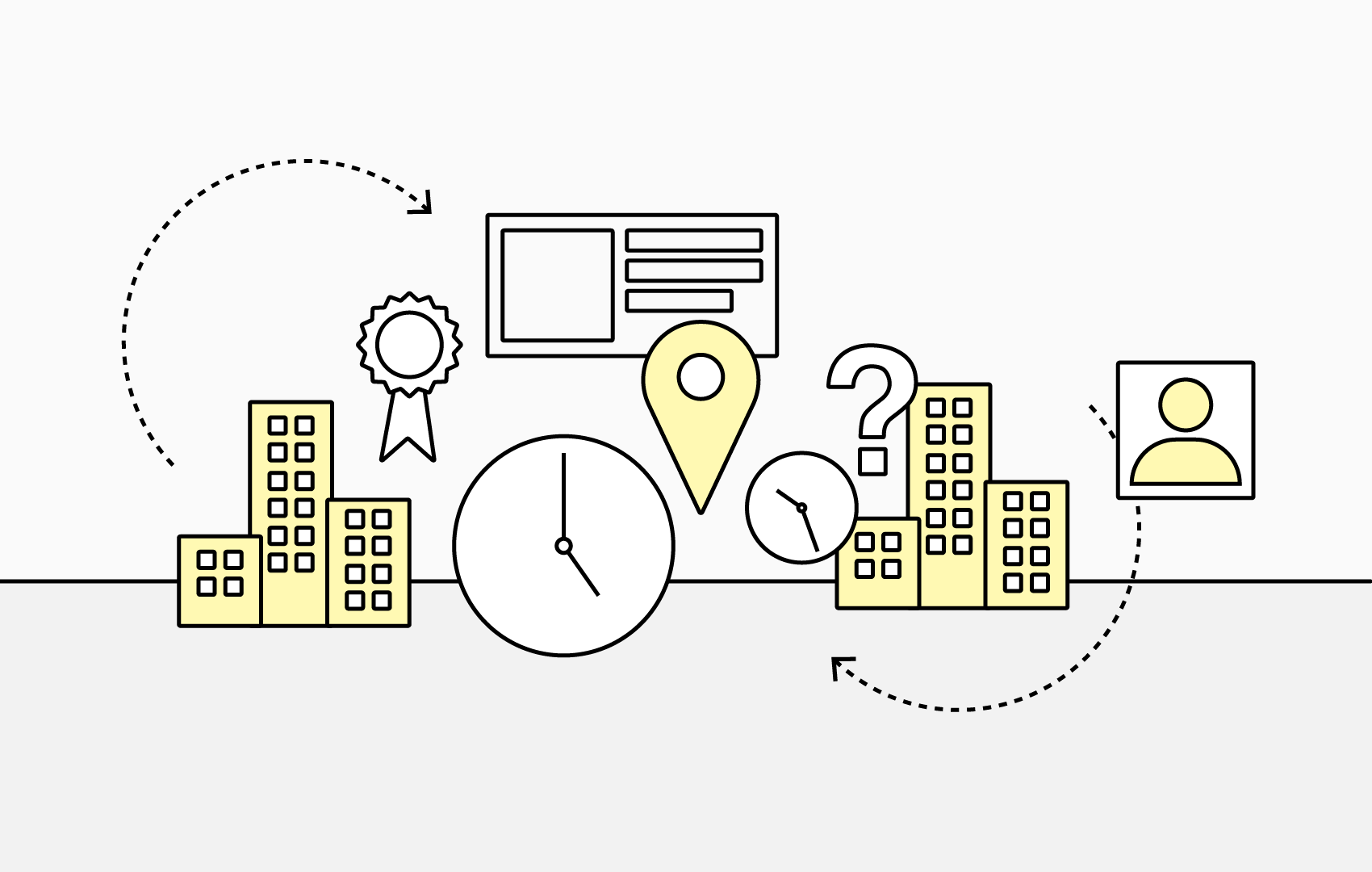Digital Employee Experience (DEX): Your Complete Guide
What is Digital Employee Experience (DEX)?
In today’s digital workplace, Digital Employee Experience (DEX) matters more than ever.
DEX is the way employees interact with, and perceive, the digital tools and systems they use at work.
This includes everything from rostering platforms to communication apps, project management tools, and HR systems. In an increasingly digital age, these platforms are essential to an efficient, productive, and connected workforce.
Why is DEX important?
We use digital tools in nearly every part of our daily lives, and the workplace is no exception. As expectations around connectivity grow, employees require their workplace technology to keep up.
A positive DEX is imperative to an engaged and productive workforce. Collaboration platforms like Microsoft Teams or Slack allow quick, easy communication across departments, while tools such as digital org charts enable employees to clarify chains of command instantly.
When these systems run smoothly, employees spend less time fighting with technology and more time doing meaningful work.
Business leaders surveyed by Ivanti said that a positive digital employee experience is crucial in promoting a productive, efficient and engaged workforce:
- 87% stated that good DEX positively impacts productivity: With streamlined, integrated systems, employees spend less time manually inputting data.
- 85% stated that good DEX improves employee engagement: Workers who claim a positive DEX are more motivated and report higher job satisfaction.
- 77% stated that good DEX positively affects retention: Employees with a good digital experience are more likely to stay with their employers.
The Cost of Poor DEX
Despite businesses and employees relying on digital infrastructure more than ever, research shows that perceptions of DEX are worsening. In 2024, 18% of employees rated their DEX as poor, up from 15% in 2021
Examples of poor digital infrastructure which may impact employee perceptions include:
- Multiple, poorly integrated systems, leading to manual workarounds and wasted time.
- Outdated technology, creating inefficiency and frustration when tools don’t reflect current industry standards.
- Always-online demands, systems that require employees to be continuously connected to Wi-Fi can get in the way of productivity for remote and hybrid workers.
Individually these issues may seem minor, but they can accumulate to have a significant effect on productivity, morale and overall business outcomes.
Turnover risk: 36% of employees have considered leaving their job due to poor DEX, with 14% explicitly stating DEX as the reason for leaving.
Decreased productivity: Organizations with poor DEX experience 4x more downtime compared to those that prioritise the digital employee experience.
Financial implications: Large organizations can lose up to $6 million per year due to increased IT service costs, time spent troubleshooting and inefficiencies caused by unsuitable software.
How to Improve Your Digital Employee Experience
Improving Digital Employee Experience (DEX) isn’t about adding more tools but about making the right tools work well together and ensuring employees can use them effectively.
Key steps to include:
-
Gathering Employee Feedback
- Understand what’s working and what isn’t, directly from the people using the systems every day.
- Conduct Employee Satisfaction surveys to identify realistic areas for improvement.
- Encourage senior leadership to act on feedback and make meaningful changes.
-
Streamline Systems
- Remove redundant tools and ensure systems integrate seamlessly and work intuitively.
- Make sure that the tools you do use are accessible within your existing workflow.
-
Support Employees
- Provide training and guidance so employees know how to use their digital tools effectively.
- Centralize resources through the company intranet, including quick how-to guides, FAQs, and troubleshooting support.
-
Enable Remote Workers
- Ensure tools work with variable internet speeds outside of the office.
- Support a range of devices (laptops, tablets, smartphones) so employees aren’t limited to one device.
- Provide access to collaboration platforms to facilitate connected remote work.
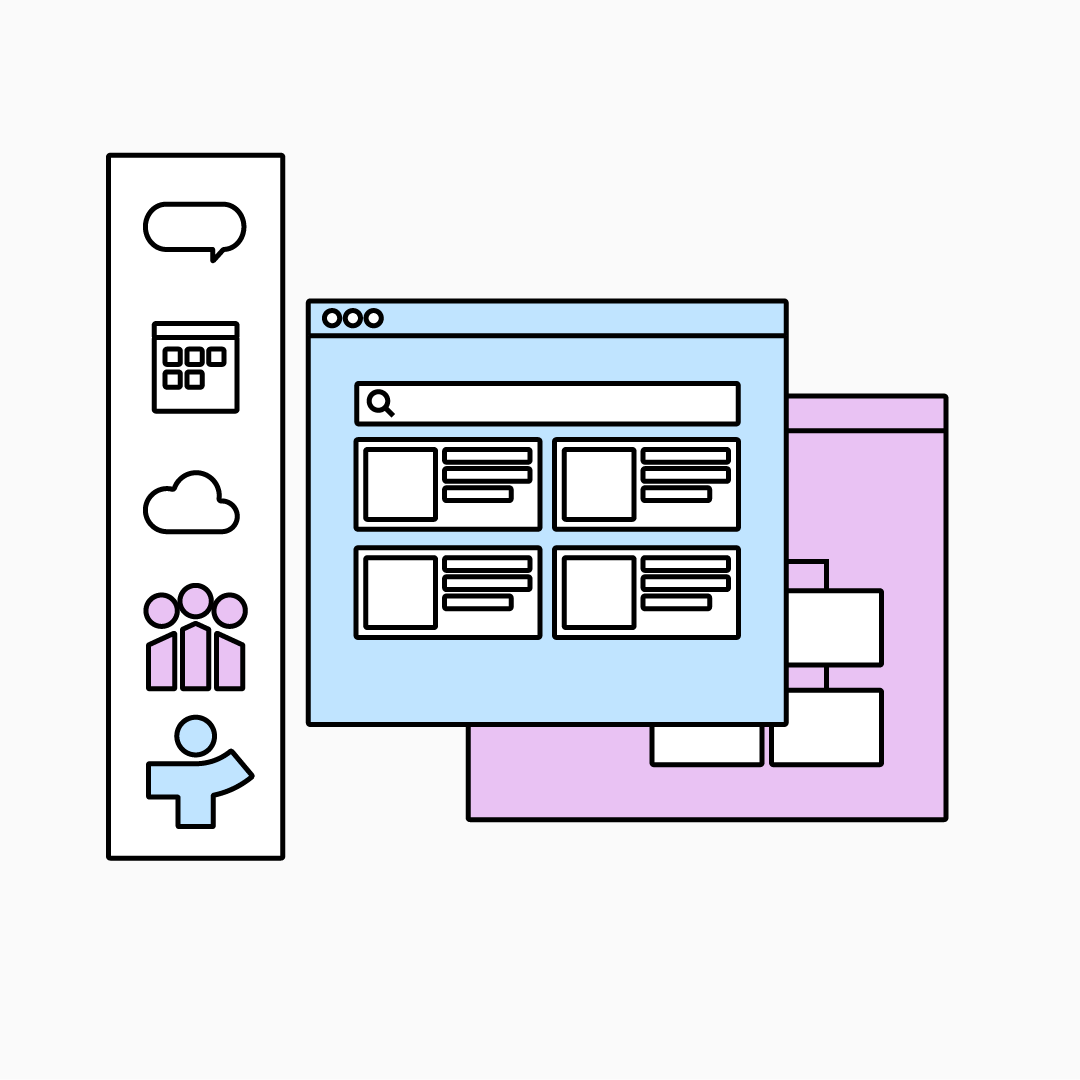
How TeamOrgChart and TeamDirectory Work in Microsoft Teams
Final Thoughts
In today’s workplace, a positive Digital Employee Experience is essential and can no longer be treated as an afterthought.
Investing in DEX goes beyond acquiring digital tools—it’s about empowering people and driving meaningful business outcomes.
